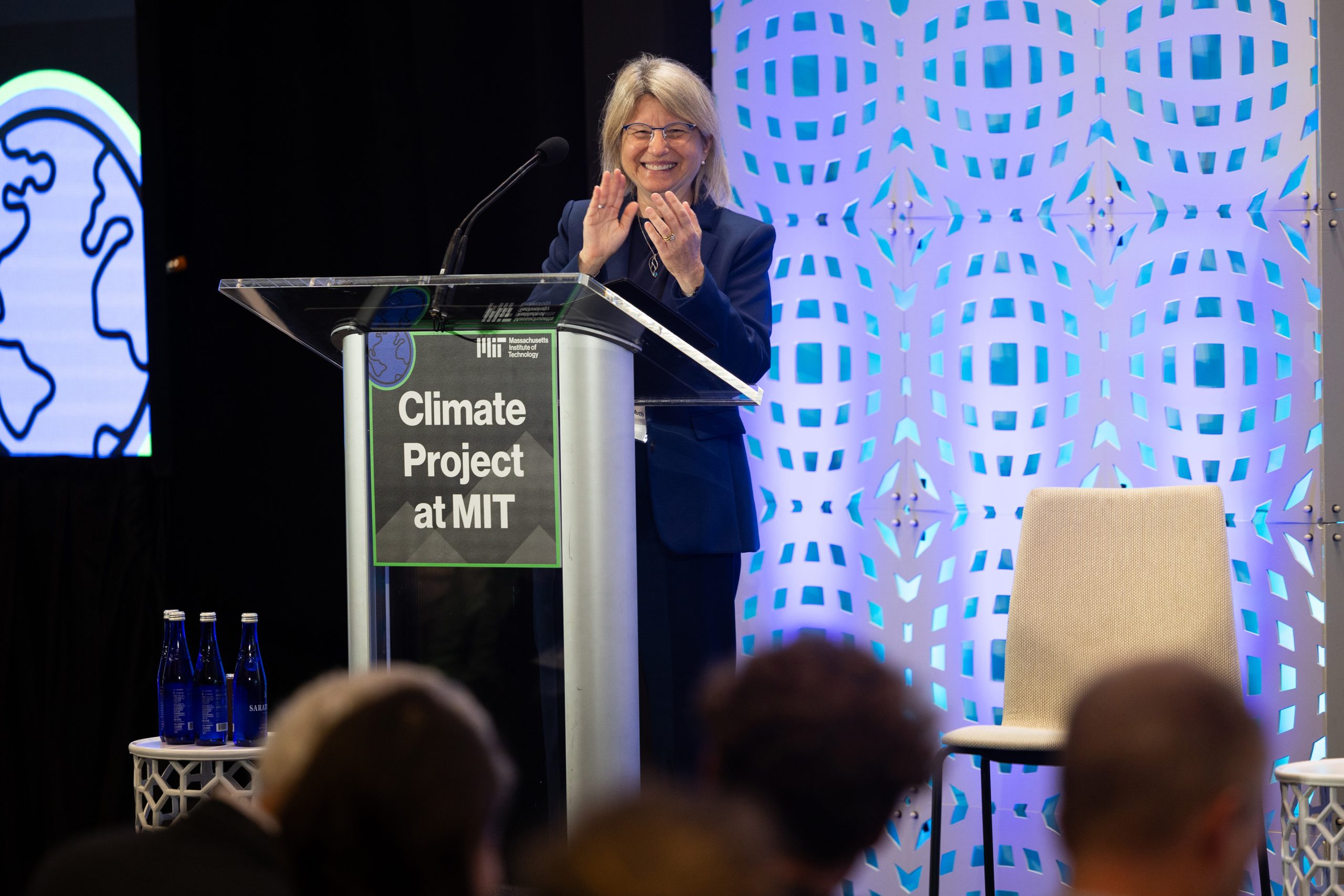Computer programs called large language models provide software with novel options for analyzing and creating text. It is not uncommon for large language models to be trained using petabytes or more of text data, making them tens of terabytes in size. A model’s parameters are the components learned from previous training data and, in essence, establish the model’s proficiency on a task, such as text generation. Natural language processing (NLP) activities, including speech-to-text, sentiment analysis, text summarization, spell-checking, token categorization, etc., rely on Language Models as their foundation. Language Models can analyze a text and predict the likelihood of the following token in most natural language processing jobs. Unigrams, N-grams, exponential, and neural networks are valid forms for the Language Model.
Applications of LLMs
The chart below summarises the present state of the Large Language Model (LLM) landscape in terms of features, products, and supporting software.
Warp, a next-gen terminal, employs GPT-3 to transform natural language into executable shell instructions “like GitHub Copilot, but for the terminal.”
Even for seasoned programmers, the syntax of shell commands might need to be explained.
Regular expression generation is time-consuming for developers; however, Autoregex.xyz leverages GPT-3 to automate the process.
The most popular model for this task is GPT-3; however, there are open-source alternatives such as BLOOM (from BigScience) and Eleuther AI’s GPT-J. Copy ai, Copysmith, Contenda, Cohere, and Jasper ai are some of the startups developing apps in this field; their tools make writing blog posts, sales content, digital advertisements, and website copy easier quickly.
Classifying text into predetermined categories is an example of supervised learning. Text with similar meanings can be clustered together without the use of pre-defined classes by employing clustering, an unsupervised learning technique.
Response generation is the idea of producing a dialogue flow using sample talks and having a machine-learning approach. To the extent that the next discussion presented to the user is determined by a model, taking into account the user’s past responses and the most likely future conversation, this is called predictive dialogue.
The capacity of LLMs to produce tests from a brief description with or without example data might be considered their “meta capability.”
Almost all LLMs perform the role of generation. Few-shot learning data not only significantly boost generation, but the data’s casting also influences how that data is used.
Knowledge answering is an application of knowledge-intensive natural language processing (KI-NLP), which allows for the reply to generic and cross-domain inquiries without the need to query an application programming interface (API) or rely on a conventional knowledge store.
Knowledge-intensive natural language processing is not a web search but a semantic search-supported knowledge base.
- Frontend/website generation
Pygma is used to convert Figma mockups into production-ready code. The ultimate goal of Salesforce’s CodeGen initiative is to facilitate conversational web design and generation.
Cogram is a database query language translator that eliminates the need for users to be proficient in SQL to access data and get business insights.
- Automated code reviews & code quality improvement
Codiga provides automatic code reviews, and Mutable AI has industrialized Jupyter notebooks.
- Database query optimization and DevOps assistance/automation
Database errors, such as cache misses and missing indexes, can lead to various difficulties, which Ottertune can help you diagnose and correct.
- Code generation & autocomplete
Codex (powering Copilot) is the most general approach; however, there is an open-source alternative in Salesforce’s CodeGen. The software development startup landscape includes companies like Tabnine, Codiga, and Mutable AI.
- Personalized recommendations
Regarding Naver’s e-commerce platform, HyperCLOVA does more than just power search. It also enables features like “summarising multiple consumer reviews into one line,” “recommending and curating products to user shopping preferences,” and “generating marketing phrases for featured shopping collections.”
Shaped AI also provides ranking algorithms for feeds, recommendations, and discovery sites.
- Product requirements documentation (PRD) generation
Monterey is working on a “co-pilot for product development” that might include LLMs.
These four tools—Viable, Interpret, Cohere, and Anecdote—help turn user input into actionable insights for product improvement.
Through GPT-3, Glean, Hebbia, and Algolia search text data or SaaS apps to help users (internal or external) locate what they’re looking for. Internal notes on your workplace are likewise automatically organized by Mem.
Meta has conducted studies to improve the quality of translation for 204 distinct languages, double the number of languages that have ever been translated at once.
Korbit is supplementing massive open online courses, while Replit is aiding in the comprehension of computer code.
- Chatbot/support agent assist
Tools like LaMDA, Rasa, Cohere, Forethought, and Cresta can be used to power chatbots or enhance the productivity of customer care personnel.
- General software tool assistant
The long-term goal of Adept AI is to become a universal co-pilot/assistant, able to recommend workflow steps for any program.
- Grammar correction & style
Smart writing helpers may be found on sites like Duolingo, Writer.com, and Grammarly.
With the aid of Oogway, people can better arrange their options and make informed judgments.
Types of LLM
Large language models
It is not uncommon for large language models to be trained using petabytes or more of text data, making them tens of terabytes in size. It is among the largest models when measured by the number of independent values that the model can adjust as it learns. A model’s parameters are the components learned from previous training data and, in essence, establish the model’s proficiency on a task, such as text generation. Recent years have shown dramatic growth in the popularity of big language models due to research into increasingly complicated structures.
A number of new companies, such as Cohere and AI21 Labs, provide APIs for access to models similar to GPT-3. In contrast, other businesses, including internet titans like Google, have opted to keep their elaborate language models under wraps.
Fine-tuned language models
Compared to its bulkier language model competitors, fine-tuned models tend to be more compact. Fine-tuning may boost a model’s performance, whether it’s question answering or protein sequence generation. It can, however, improve a model’s knowledge of a particular field, such as medical science.
Due to their origins in pre-existing language models, fine-tuned models require far less time and computing power to train and execute. Many fields have used fine-tuning, but OpenAI’s InstructGPT is a particularly impressive and up-to-date example.
Edge language models
Edge variants, designed to be compact, might take the shape of refined versions of the originals. They are often trained from the start on extremely little data to conform to certain hardware restrictions. The cost of using the cloud is avoided when a model can be run locally on the edge device. Popular cloud-based model costs may add up to thousands of dollars for tasks like analyzing millions of tweets. Since edge models don’t send data to the cloud for processing, they should be more private than their internet-dependent equivalents.
Top Open Source Large Language Models
- GPT-Neo, GPT-J, and GPT-NeoX
Extremely potent artificial intelligence models, such as GPT-Neo, GPT-J, and GPT-NeoX, can be used to Few-shot learning issues. Few-shot learning is similar to training and fine-tuning any deep learning model but requires fewer samples. Compared to other publicly available open-source GPT models, GPT-NeoX, mostly built on Megatron-LM and DeepSeed, is a significant advance. It was built using Mesh TensorFlow and optimized for GPUs because of its complexity and size. Until now, the largest publicly accessible dense autoregressive model was the GPT-NeoX-20B model, which has 20 billion parameters and was trained on the Pile. The few-shot learning capabilities of the GPT-NeoX-20B allow for the creation of proofs-of-concept that may be used to evaluate the project’s viability.
Reading comprehension, text categorization, sentiment analysis, and other natural language processing (NLP) tasks are just some of the many for which the researchers at Carnegie Mellon University and Google have built a new model dubbed XLNet. By optimizing the probability over all possible orders of factorization, its autoregressive formulation surpasses BERT’s restrictions, allowing for acquiring knowledge in both directions. It is pre-trained using a generalized autoregressive model. In addition, XLNet incorporates the state-of-the-art autoregressive model, Transformer-XL, into the pretraining process. XLNet obtains state-of-the-art performance on 18 tasks, including question answering, natural language inference, sentiment analysis, and document rating, and it beats BERT on 20 tasks.
The training process for Google’s Bidirectional Encoder Representation from Transformers (BERT) was studied by researchers at Facebook AI and the University of Washington. Many adjustments have been made to the training regime, and the results have improved. The researchers also trained the model with many more iterations than BERT, employed a larger dataset, choose bigger mini-batches, ditched the Next Sentence Prediction (NSP), and so on. RoBERTa (Robustly Optimized BERT Approach) is the outcome, and it achieves XLNet-level performance on the GLUE (General Language Understanding Evaluation) test.
Microsoft Research proposed decoding-enhanced BERT with disentangled attention to augment BERT and RoBERTa models. The attention mechanism was first decoupled; words are represented by a pair of vectors that convey their content and location. The attention weights between terms are calculated by a matrix that considers both factors independently. Second, an improved mask decoder is employed to forecast the masked tokens during model pretraining instead of a softmax layer’s output. At the time of publishing, the DeBERTa model achieved a GLUE benchmark score higher than the human baseline. DeBERTa models are still widely employed for many natural language processing applications, including question answering, summarization, token, and text categorization.
The XLM-RoBERTa is a language model that uses transformers to translate text into and out of one hundred distinct languages. In the past, this would have to be done repeatedly for each new language, with its unique nuances. Multilingual models, such as XLM-RoBERTa, allow organizations to produce value for consumers who need help understanding English much more quickly. However, they sometimes deliver the highest performance per job.
DistilBERT takes a different approach than previous models that try to maximize BERT’s efficiency. DistilBERT aims to increase inference speed while other similar methods, such as XLNet, RoBERTa, and DeBERT, improve performance. Its goal is to make BERT BASE and BERT LARGE, which have 110M and 340M parameters, respectively, faster and smaller.
To Sum It Up
The significance of language cannot be overstated. It’s how we take in information about and contribute to the world (e.g., agreements, laws, or messages). Connection and communication are also facilitated by language. Although the software has advanced rapidly, computers’ linguistic capabilities are still restricted. The software excels in finding word-for-word matches in the text but struggles with more nuanced linguistic techniques that people use daily. There is undeniably a requirement for more sophisticated instruments with enhanced linguistic comprehension.
The development of language processing technologies has been a major step forward in artificial intelligence (AI), allowing us to create smarter systems than ever before that have a deeper comprehension of human language. Although huge, fine-tuned, and cutting-edge language models are constantly improving thanks to ongoing research, they nonetheless face challenges on the way to widespread use. Despite their usefulness, training and implementing these models efficiently requires data, computing power, and technical expertise.
Don’t forget to join our Reddit page and discord channel, where we share the latest AI research news, cool AI projects, and more.
References:
- https://docs.cohere.ai/docs/introduction-to-large-language-models
- https://www.kdnuggets.com/2022/09/john-snow-top-open-source-large-language-models.html
- https://leighmariebraswell.substack.com/p/overview-and-applications-of-large
- https://leighmariebraswell.substack.com/p/overview-and-applications-of-large
- https://cobusgreyling.medium.com/the-large-language-model-landscape-9da7ee17710b
- https://techcrunch.com/2022/04/28/the-emerging-types-of-language-models-and-why-they-matter/
- https://www.kdnuggets.com/2022/09/john-snow-top-open-source-large-languag
![]()
Dhanshree Shenwai is a Computer Science Engineer and has a good experience in FinTech companies covering Financial, Cards & Payments and Banking domain with keen interest in applications of AI. She is enthusiastic about exploring new technologies and advancements in today’s evolving world making everyone’s life easy.









